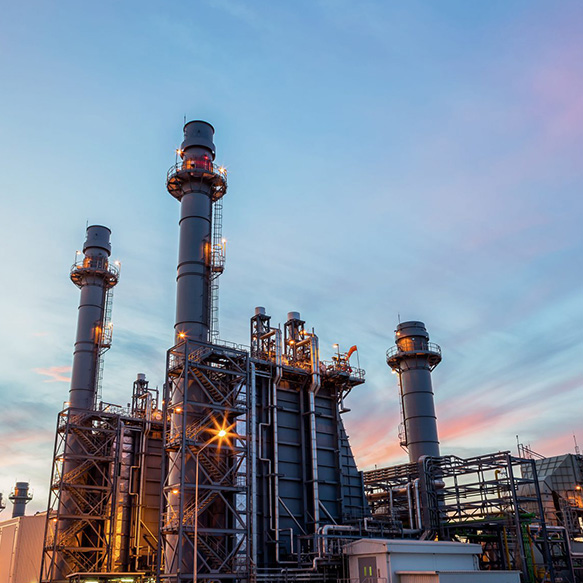1. The fin is divided into two symmetrical half pieces. The tube wall is pressed down from both sides, and resistance welding is used to weld on the pipe wall with a certain gap left in the middle;
2. Two circular tubes can share a group of fins, called double tube H-shaped fins, or a single tube H-shaped fin can be placed in the middle;
3. The heat exchanger composed of H-type finned tubes is closely arranged and the tube bundles are arranged in order;
4. The fins are parallel and independent of each other, and there is no influence of helix angle, so it is easy to remove ash.
Specifications
|
Item |
Typical Value / Range |
|
Base Tube Material |
Carbon Steel (ASTM A106 Gr.B, A179), Low-Alloy Steel (e.g., P11), Stainless Steel (TP304/316), Duplex Steel, Nickel Alloy |
|
Fin Material |
Carbon Steel (Q235B, Q345R), Low-Alloy Steel, Stainless Steel |
|
Outer Diameter (OD) |
50.8 mm / 63.5 mm |
|
Wall Thickness |
3 mm – 10 mm |
|
Fin Dimensions |
H-type: Each side 20–30 mm height, 3–6 mm thickness per plate (double plate welded on each side) |
|
Fin Pitch |
6 mm – 12 mm (adjustable according to gas-side velocity) |
|
Tube Length |
1 m – 12 m |
|
Fin Bonding Method |
Fin plates welded symmetrically on both sides of the tube (resembles "H" or "HH" profile) |
|
Operating Temperature |
Up to 600°C (depending on material; Cr-Mo steels or stainless steel for higher) |
|
Applications |
Large-scale boilers, coal-fired power plants, economizers, waste heat recovery units, HRSGs |

 Language
Language  English
English Español
Español русский
русский













